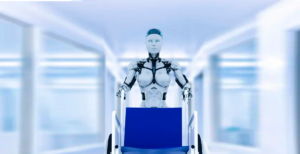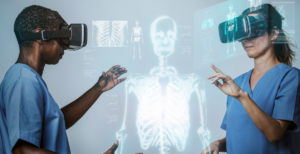Technological innovation redefines the boundaries of mobility.
Exoskeletons have evolved from science fiction material to a tangible reality, transforming assisted mobility. These devices, designed to enhance mobility and physical strength, open new possibilities for those with disabilities or injuries affecting their ability to move independently. In this article, we will explore how exoskeletons are paving the way for a future of assisted mobility driven by technological innovation and a commitment to improving people’s quality of life.
Exoskeletons are externally worn devices that increase the user’s strength and endurance and provide mobility assistance. These devices can be used by individuals with a variety of disabilities or injuries, including paralysis, spinal cord injuries, and neuromuscular diseases. By providing support and additional strength, exoskeletons enable users to perform everyday activities with greater independence and ease.
Exoskeleton technology has advanced significantly in recent years, with devices becoming increasingly lighter, more compact, and more efficient. Some exoskeletons are specifically designed to aid in rehabilitation, while others are intended for use in daily life. These devices can be controlled through motion sensors, brain-computer interfaces, or even smartphone apps, allowing for a personalized experience tailored to each user’s individual needs.
In addition to improving physical mobility, exoskeletons can also have significant psychological and social benefits. These devices can enhance quality of life and self-esteem by providing users with greater autonomy and the ability to participate in social and work activities.
Exoskeletons represent the future of assisted mobility, offering hope and possibilities for those with disabilities or injuries affecting their ability to move independently. With the backing of technological innovation and a commitment to improving people’s quality of life, exoskeletons will likely continue significantly promoting autonomy and inclusion. We must continue to explore and harness the potential of this technology to benefit those struggling with mobility limitations and improve their quality of life. Exoskeletons are changing how we move and perceive physical capability, opening up new possibilities for a more inclusive and accessible future.





